Society sparkle: Nancy Astor and Ann Fleming’s diamond jewellery makes a splash at auction
Astor’s Cartier tiara was sold by Bonhams, while the accessories of the wife of the James Bond author went up for auction with Dreweatts.


‘People will stare. Make it worth their while.’
So said Harry Winston, the famed jeweller. Nancy Astor took the advice seriously. The viscountess, born in 1879, and the first woman to sit as an MP, was the proud owner of a turquoise and diamond tiara and the exceptionally rare Cartier piece went up for auction with Bonhams on June 5 as part of their London Jewels sale. It sold for £889,400, significantly exceeding its estimated value of £250,000-£350,000. No-one said style didn’t come at a price.
Featuring on Country Life’s Frontispiece in 1913, she was born Nancy Witcher Langhorne and moved from her place of birth in Danville, Virginia, to England in 1905. Waldorf Astor, the viscount, was her second husband. They wed in 1906 and lived at Cliveden in Buckinghamshire.
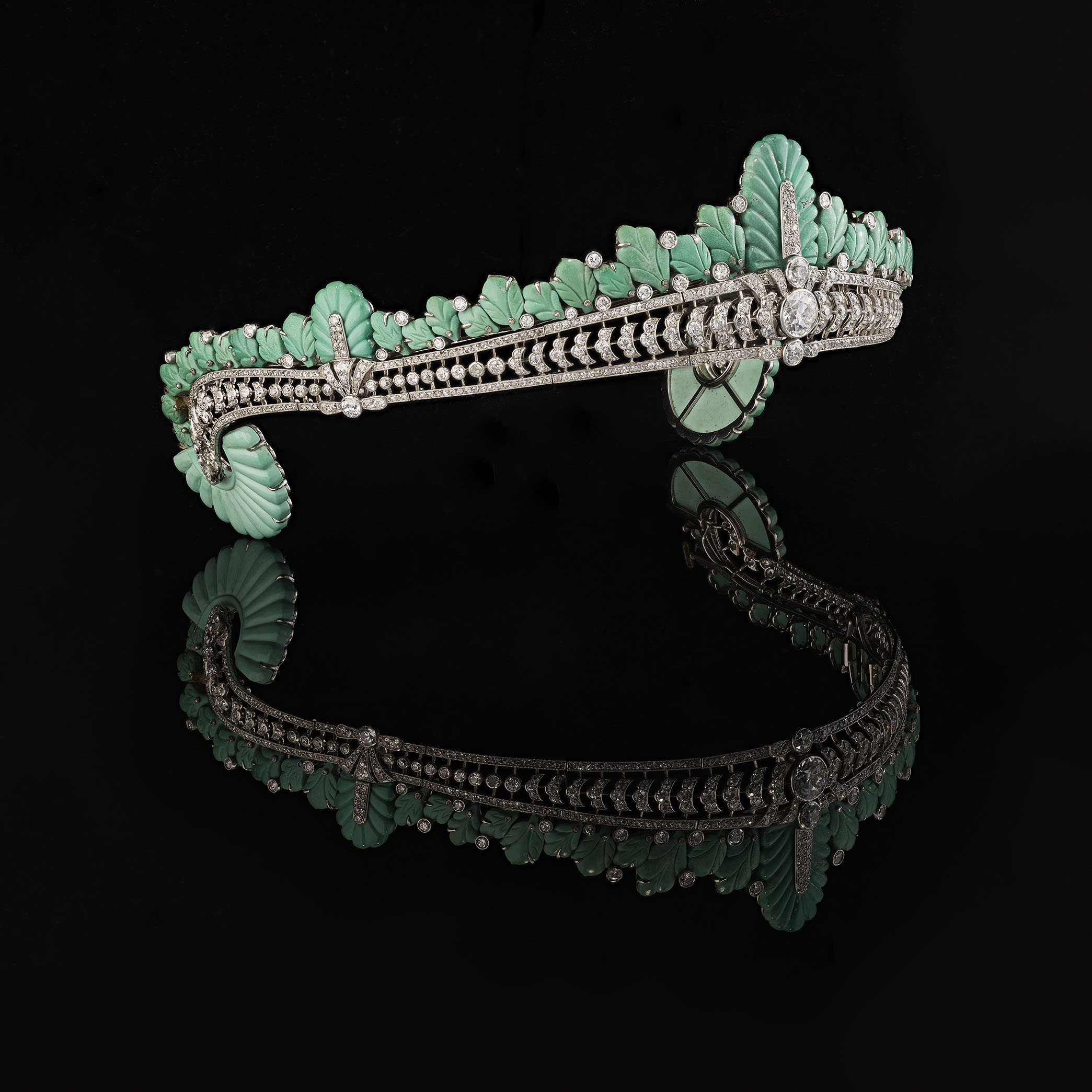
Astor's tiara is set throughout with brilliant, old single and rose-cut diamonds.
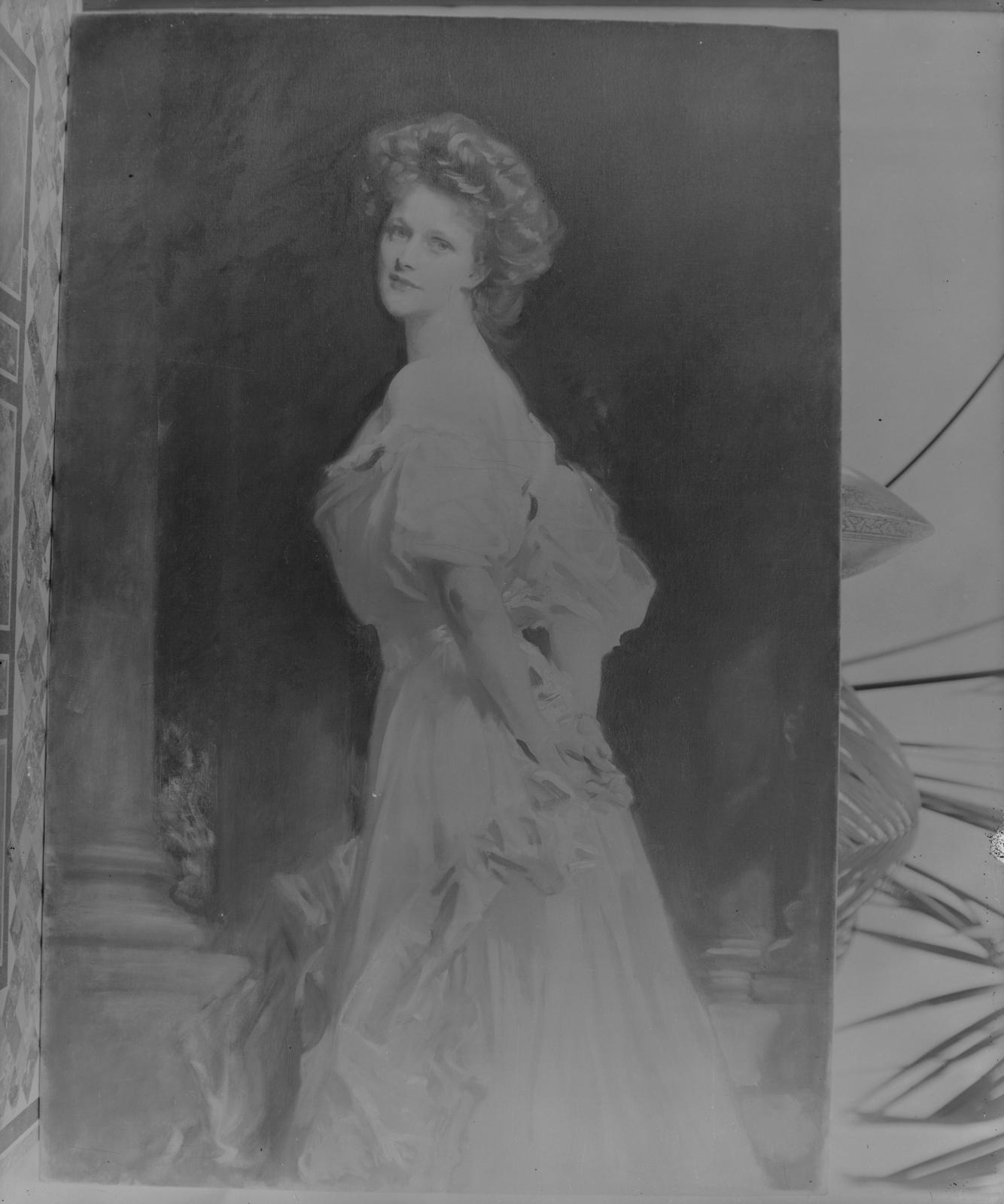
Portrait of Nancy Astor by John Singer Sargent, published in Country Life in 1912.
After a career as a hostess and member of the social elite, she entered Parliament in 1919, winning her husband’s former seat, Plymouth Sutton, when he succeeded his peerage and entered the House of Lords. As a member of the Unionist Party, she advocated for educational reform and women’s rights, among other issues. However, although diamonds may be a girl’s best friend, unfortunate controversial views are not — and these ended Astor’s political career in 1945.
In 1931, she wore the tiara to the premiere of Charlie Chaplin’s City Lights at the Dominion Theatre in London. Her sister, Phyllis Langhorne Brand, borrowed it for a court presentation at Buckingham Palace in the early 1930s. Inspired by this, her husband, the Hon. Robert Henry Brand, commissioned Cartier to produce a similar tiara in 1935. This is on display until November 2025 at the V&A museum’s Cartier exhibition, which has an entire room dedicated to tiaras. That’s a whole lot of shiny.
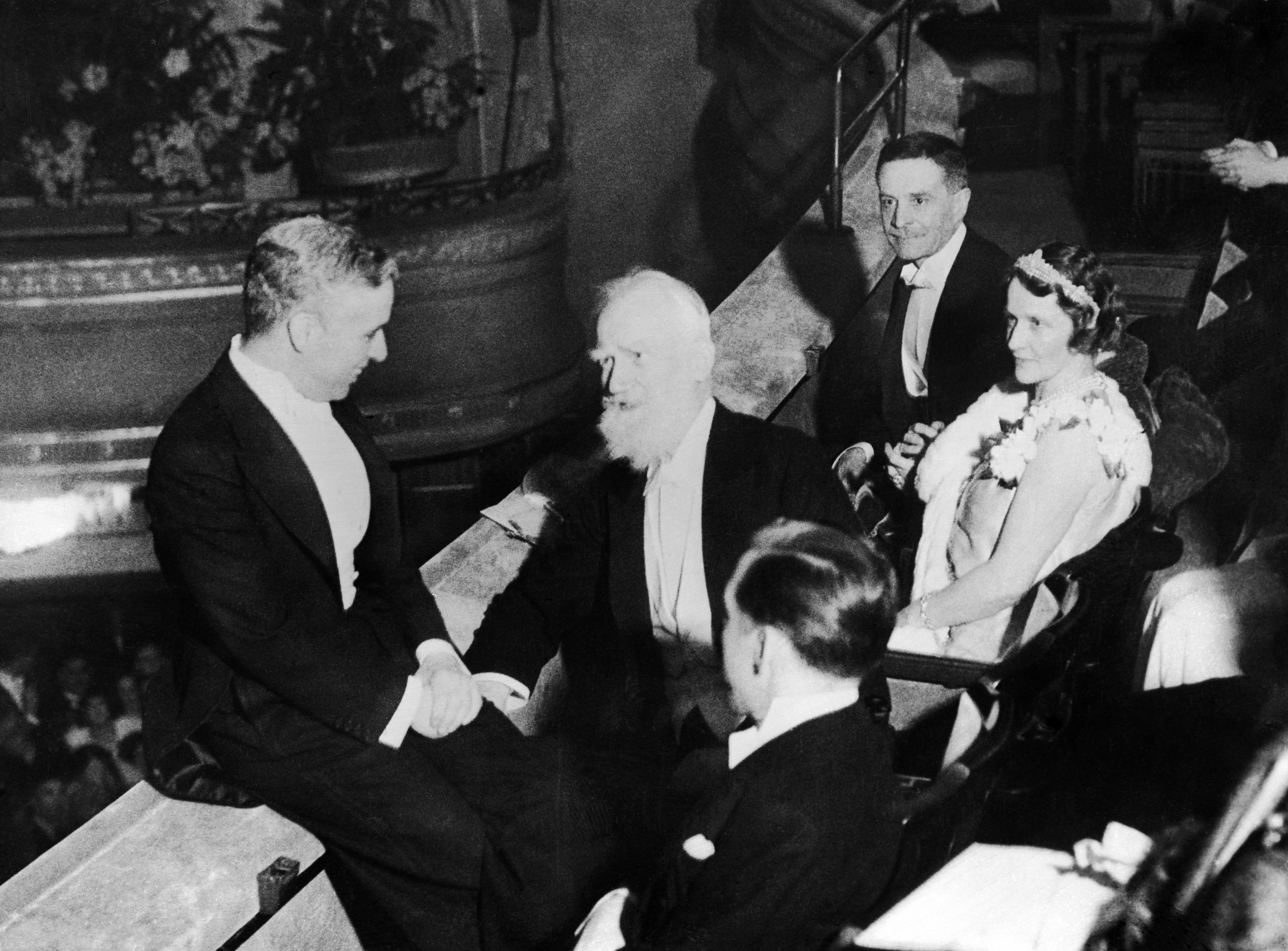
Charlie Chaplin, George Bernard Shaw and Lord and Lady Astor — wearing her tiara —at the Dominion Theatre in 1931.
Set throughout with brilliant, old single and rose-cut diamonds, Lady Astor’s tiara comprised a lot of bling, especially for an MP. Jean Ghika, Bonhams head of jewellery, called it 'the star of the sale’.
‘Cartier has long been recognised as the name behind some of the world’s most important jewels and the Astor turquoise and diamond tiara dates to a period when Cartier London were at the height of their creative prowess,' she said. ‘Cartier were later commissioned to produce a similar tiara for Nancy’s sister. However, the design of Nancy Astor’s tiara is truly unique. The distinctive plumes, leaves and scrolls carved in turquoise were drawn from Egyptian, Indian and Persian motifs, which were extensively explored by Cartier throughout the early 20th century. The firm’s Eastern inspired jewels became hugely fashionable as a result.’
Exquisite houses, the beauty of Nature, and how to get the most from your life, straight to your inbox.
By the Edwardian era, the considerable rise of Cartier and Van Cleef & Arpels saw tiaras fashioned for royalty, aristocrats and those in the social elite who were lucky enough to afford them. This continued into the 1930s, but started to go out of fashion after the Second World War, warn then by only the starriest of stars and the bluest blooded of royals.
However, if tiaras aren’t your thing, worry not. Along with Astor's tiara, there was another significant piece of fashion history sold recently, a piece which was once worn by a woman with a life that was equally interwoven with glamour and scandal. Vintage Van Cleef & Arpels pieces, once owned by Ann Fleming, went under the hammer in Dreweatts's Fine Jewellery sale on June 12. The sapphire and diamond brooch and earring set sold for £32,000 and belonged to Ian Fleming's only wife. Not so Ann — she had more of a Bond-type approach to romance (Fleming was her third husband).
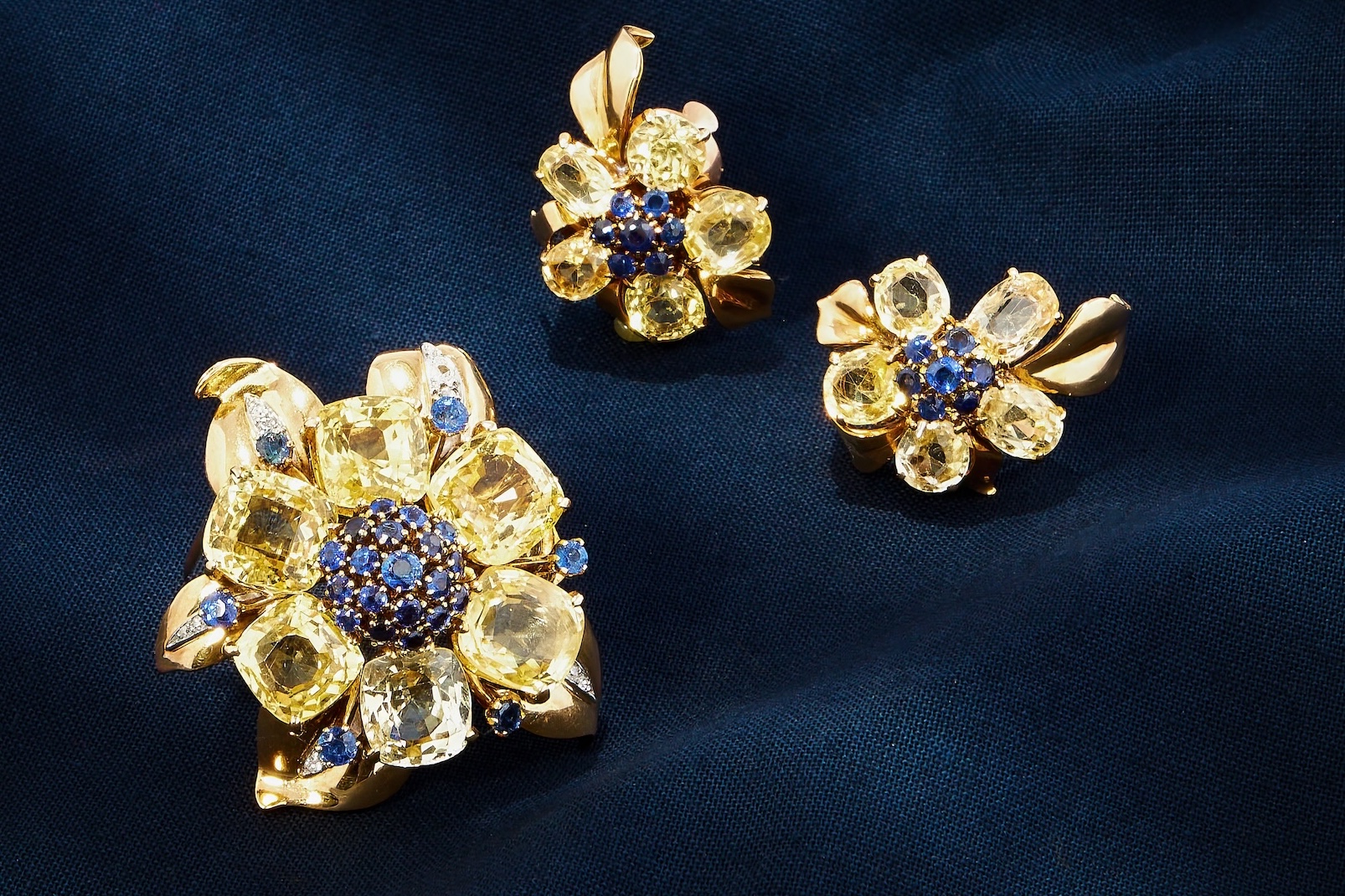
Ann Flemings pieces from Van Cleef & Arpels, worthy of Goldfinger.
The jewels were not gifted to Ann by Fleming, they were a present from her first husband, Lord O’Neill of Shanes Castle, in 1938, during a now-infamous trip to Paris. At the time, à la Bond, she was also having an affair with Esmond Harmsworth, later Viscount Rothermere, who would become her second husband. The story goes that when she learned that her husband, Lord O’Neill, had planned a weekend in Paris with his lover Maureen, Marchioness of Dufferin and Ava — the Guinness heiress — Ann insisted on going too. But, to make things fair, she brought Harmsworth along for the ride, and that’s where she received the Van Cleef & Arpels pieces.
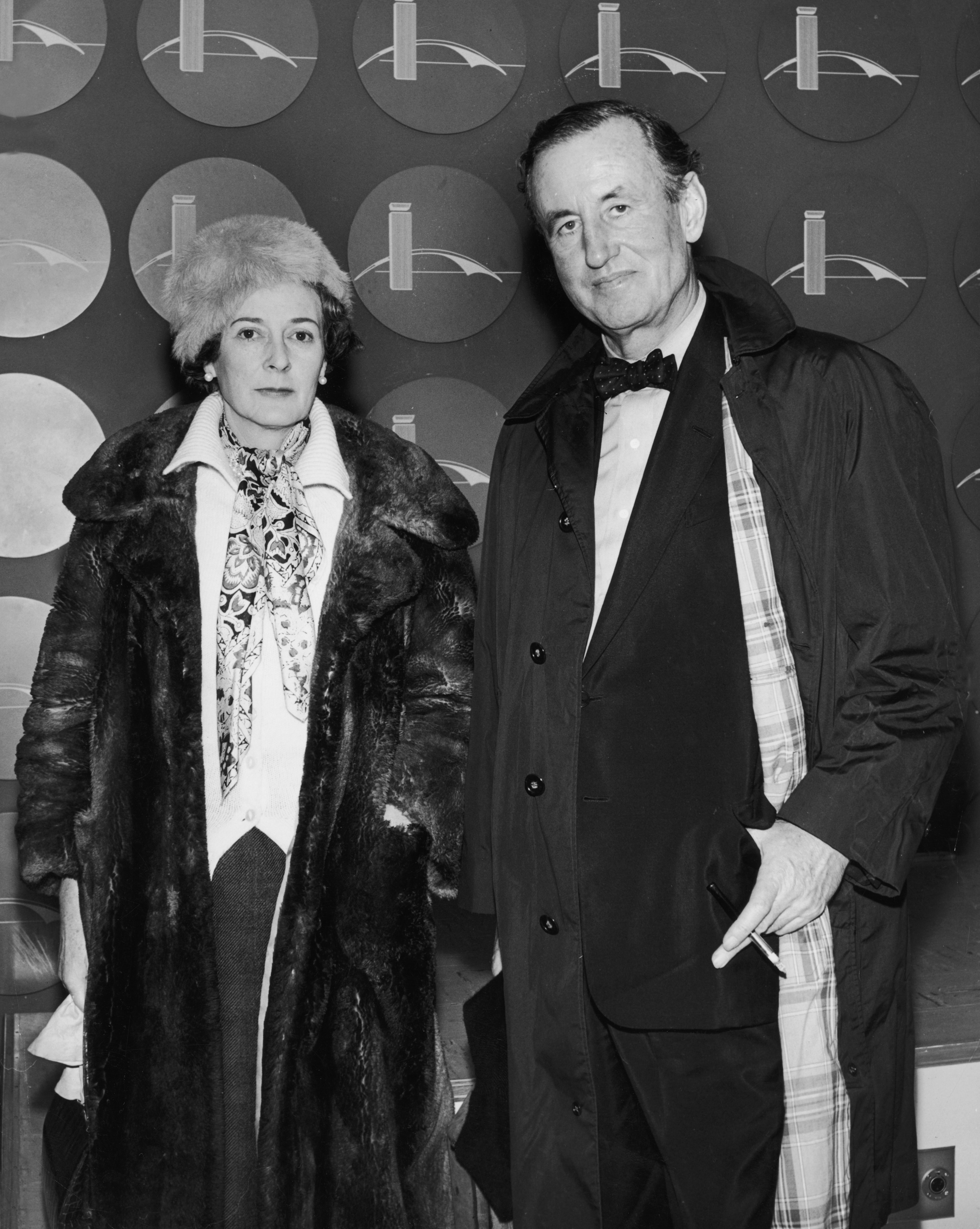
Ian and Ann Fleming stopping by in New York in 1962, on a journey from London to Jamaica.
Ian Fleming was apparently captivated by her wit and defiance. She became a key figure in his life, and is widely believed to have inspired him to write the Bond books, although their marriage was turbulent and they also both had many affairs. The Van Cleef jewel suite, far outsold it's estimate of between £15,000 and £20,000, and captures the drama and excitement of her high-society numerous-husbanded lifestyle. Charlotte Peel, the head of jewellery at Dreweatts, said it offered 'a rare and personal connection to one of the most famous spies of all time'. And it would look good with Astor’s tiara, if, by chance, the same person bidded on both.
Lotte is Country Life's Digital Writer. Before joining in 2025, she was checking commas and writing news headlines for The Times and The Sunday Times as a sub-editor. She got her start in journalism at The Fence where she was best known for her Paul Mescal coverage. She reluctantly lives in noisy south London, a far cry from her wholesome Kentish upbringing.
-
 'Comfortable, cosseting and far from the madding crowd': The recently refurbished Cornish cottage that proves Victorian decor is making a comeback
'Comfortable, cosseting and far from the madding crowd': The recently refurbished Cornish cottage that proves Victorian decor is making a comebackPlum Cottage in Padstow, Cornwall, has been brought to life by Jess Alken and her husband, Ash — and is the latest addition to their holiday cottages on the north Cornish coast.
-
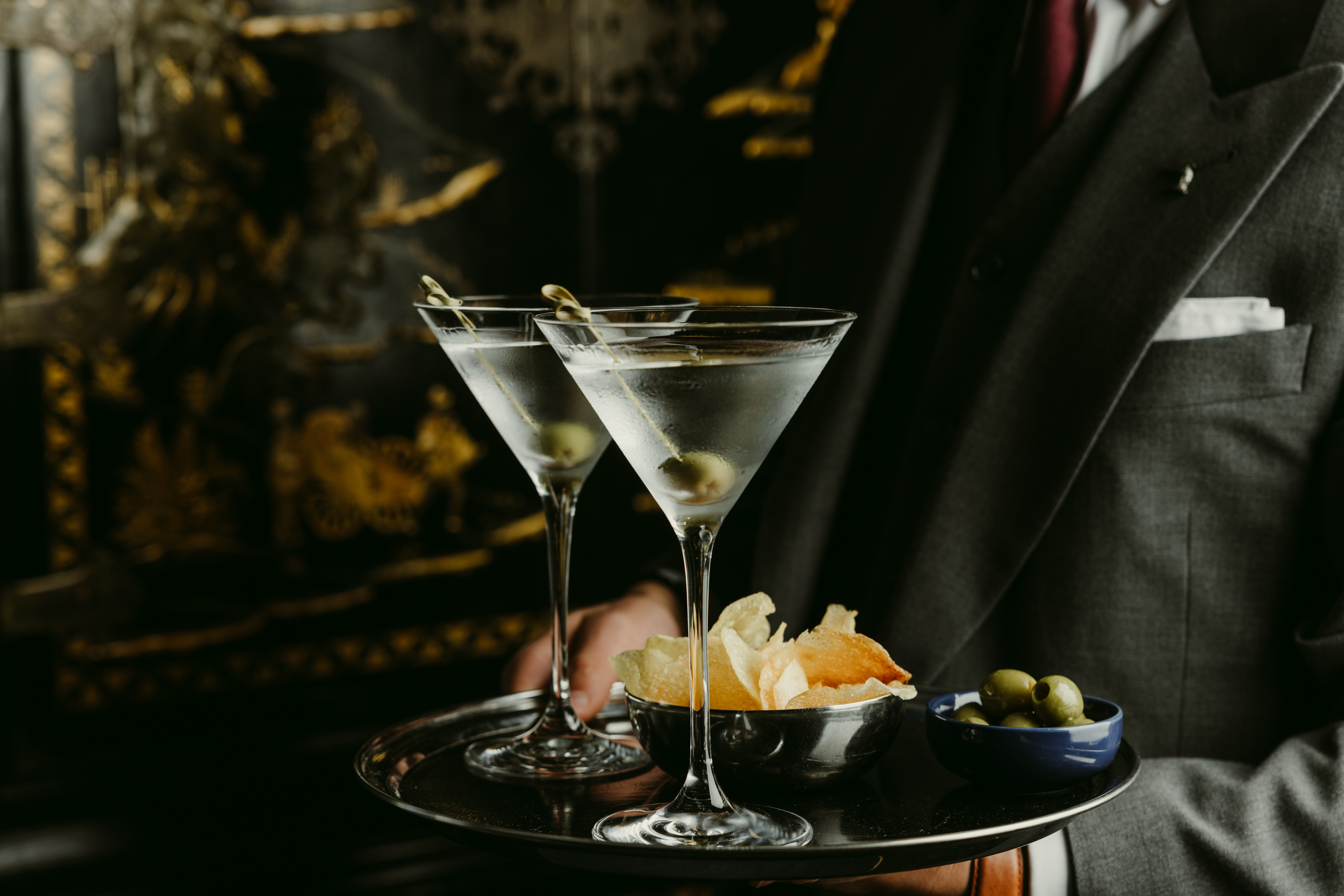 How to make The Connaught Bar's legendary martini — and a few others
How to make The Connaught Bar's legendary martini — and a few othersIt's the weekend which means it's time to kick back and make yourself an ice cold martini — courtesy of The Connaught Bar.
-
 'Comfortable, cosseting and far from the madding crowd': The recently refurbished Cornish cottage that proves Victorian decor is making a comeback
'Comfortable, cosseting and far from the madding crowd': The recently refurbished Cornish cottage that proves Victorian decor is making a comebackPlum Cottage in Padstow, Cornwall, has been brought to life by Jess Alken and her husband, Ash — and is the latest addition to their holiday cottages on the north Cornish coast.
-
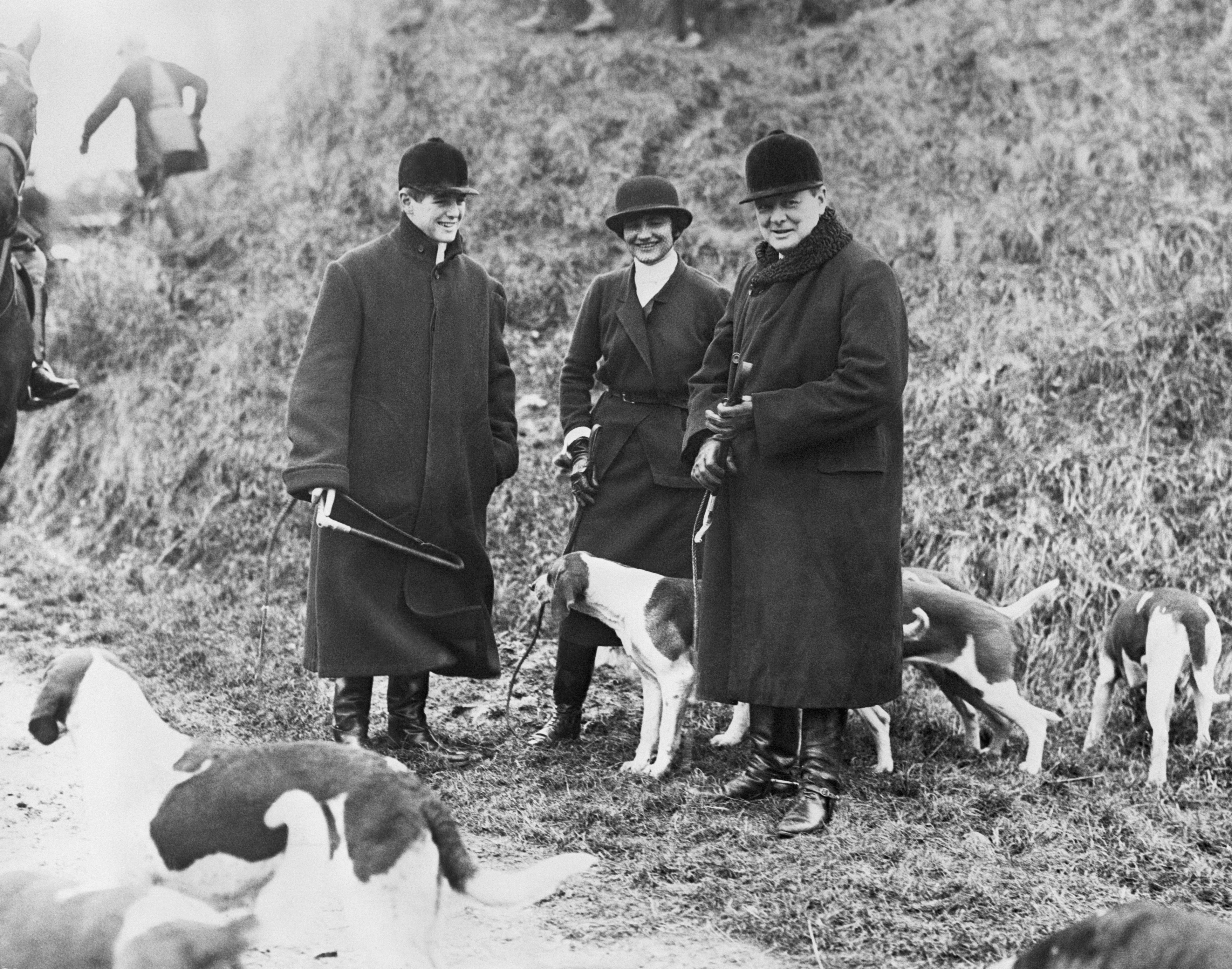 Coco's crush: Chanel's century-long love affair with Britain and its men
Coco's crush: Chanel's century-long love affair with Britain and its menFor the past 100 years, Chanel — the person and the brand — has left an indelible mark on the UK and its cultural institutions. Amie Elizabeth White takes a look at how the relationship came to be.
-
 Critics be damned, Liverpool Metropolitan Cathedral gets Grade I status on advice from Historic England
Critics be damned, Liverpool Metropolitan Cathedral gets Grade I status on advice from Historic EnglandLooking a bit like a large piece of moon-landing equipment on which you’d best not sit, with indoor lighting that wouldn’t look out of place in a nightclub, the building has ever divided opinions.
-
 Whatever floats your moat: Tower of London's former waterway receives help to adapt to the pressures of climate change
Whatever floats your moat: Tower of London's former waterway receives help to adapt to the pressures of climate changeIt is one of five gardens across the globe that have been selected by the fund for aid in adapting to the growing pressures of climate change.
-
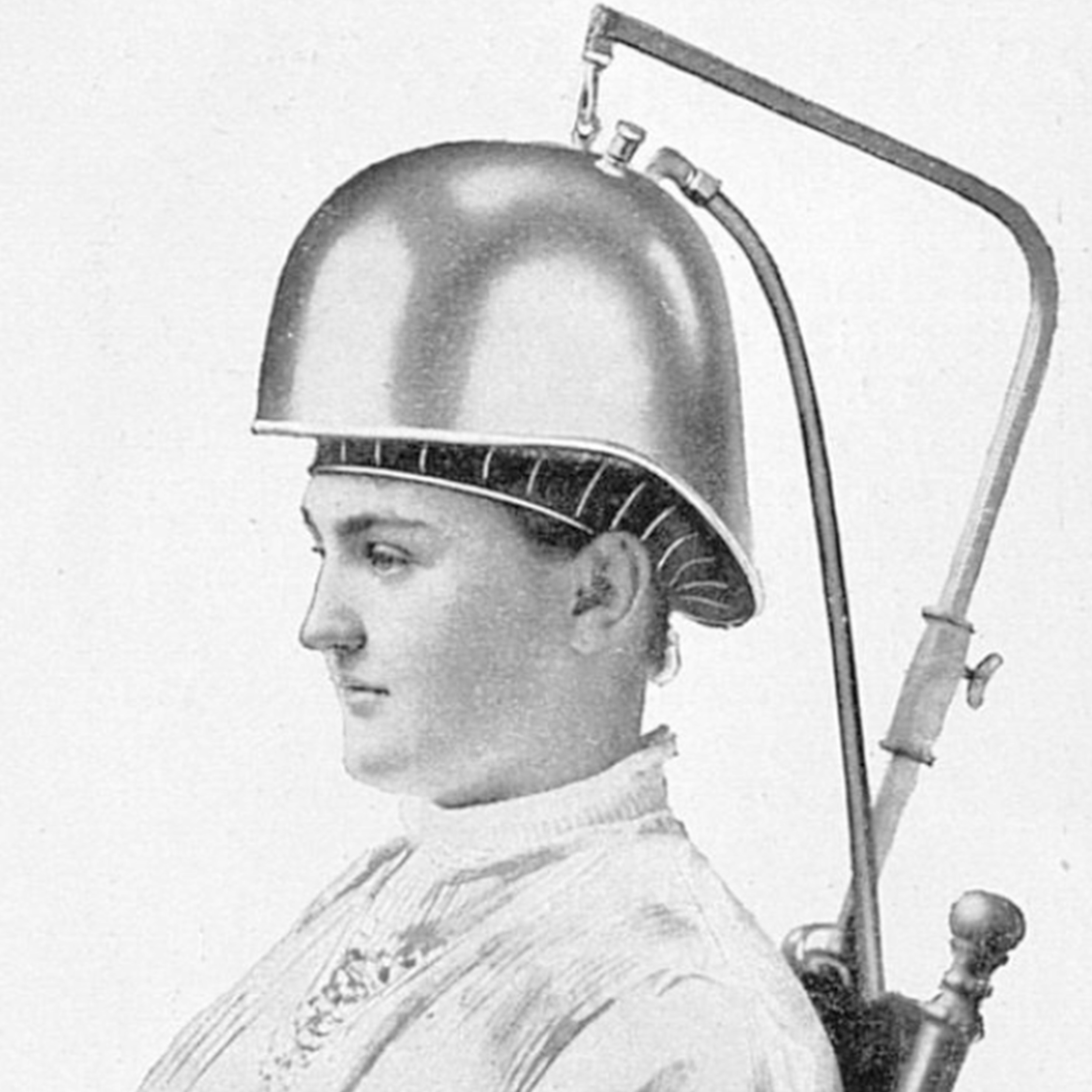 From the Country Life archive: The questionable vacuum caps that promised a 'healthy, vigorous growth of hair'
From the Country Life archive: The questionable vacuum caps that promised a 'healthy, vigorous growth of hair'Every Monday, Melanie Bryan, delves into the hidden depths of Country Life's extraordinary archive to bring you a long-forgotten story, photograph or advert.
-
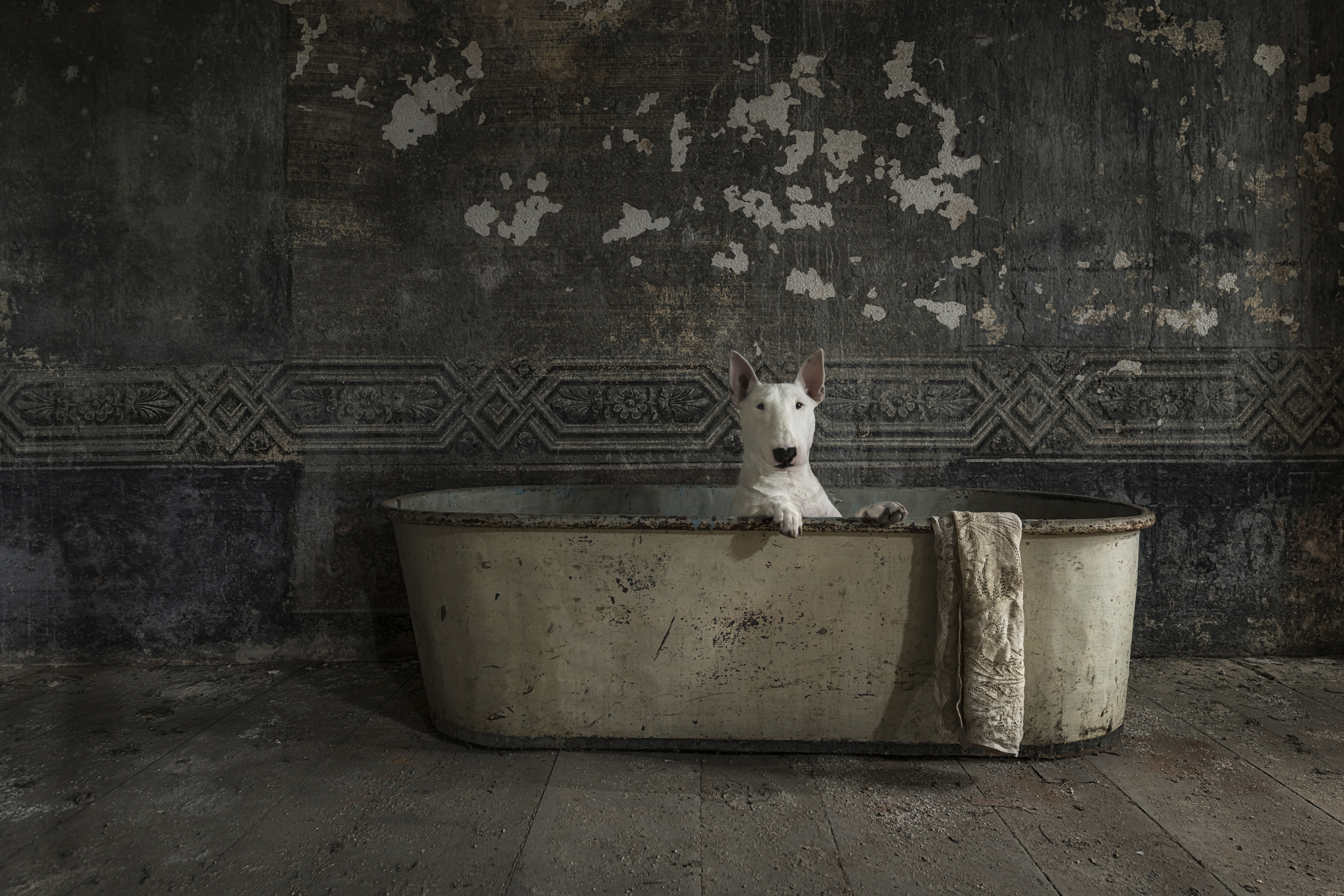 Canine muses: The English bull terrier who helped transform her owner from 'a photographer into an artist'
Canine muses: The English bull terrier who helped transform her owner from 'a photographer into an artist'In the first edition of our new, limited series, we meet the dogs who've inspired some of our greatest artists.
-
 The successor to the 'most beautiful car of the 20th century' is smooth, comfortable... and ends up highlighting everything that's wrong in car design today
The successor to the 'most beautiful car of the 20th century' is smooth, comfortable... and ends up highlighting everything that's wrong in car design todayThe DS No. 4 traces its lineage back to the Citroën DS, a car so extraordinary that people described it as looking 'as if it had dropped from the sky'. And while the modern version is more friendly to the earth, says Toby Keel, it's also worryingly earthbound.
-
 Richard Rogers: 'Talking Buildings' is a fitting testament to the elegance of utility
Richard Rogers: 'Talking Buildings' is a fitting testament to the elegance of utilityA new exhibition at Sir John Soane's museum dissects the seminal works of Richard Rogers, one of Britain's greatest architects.
